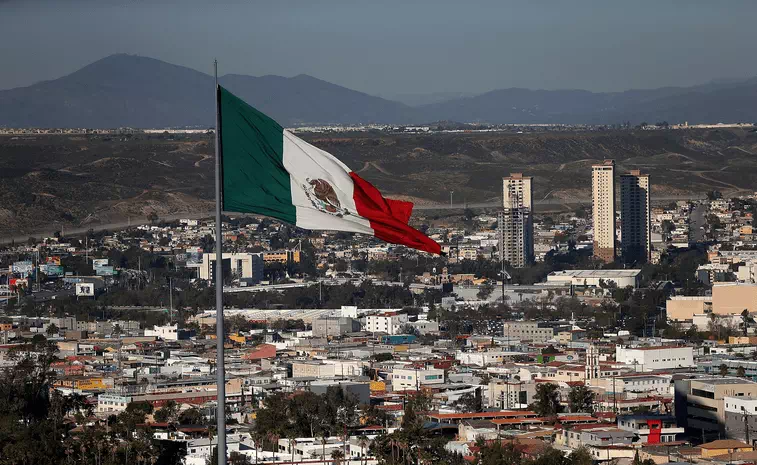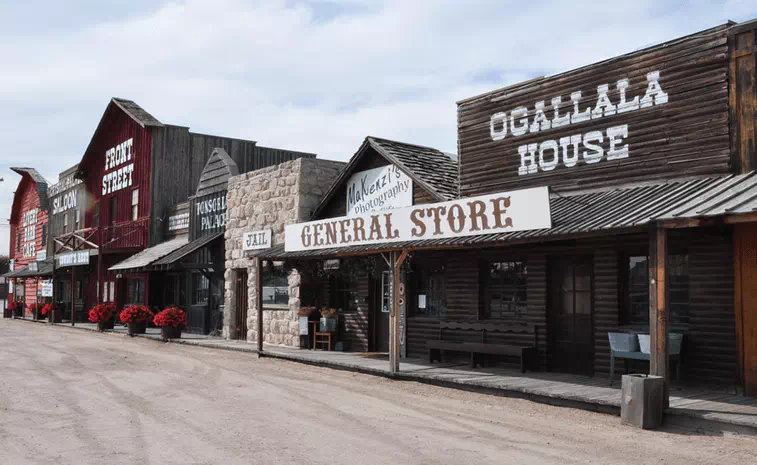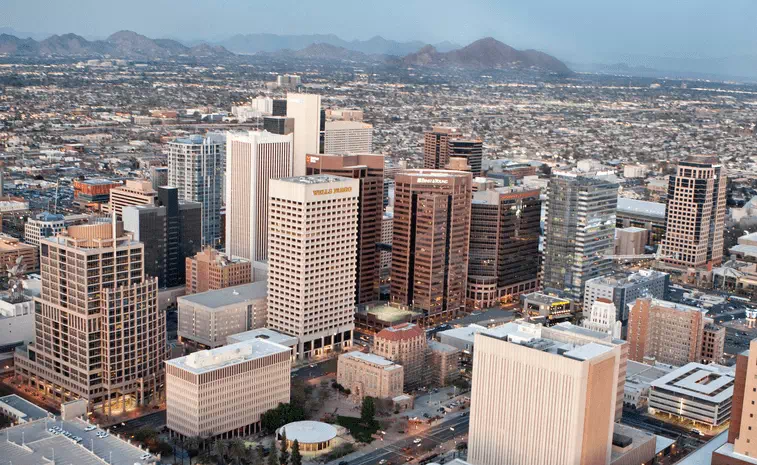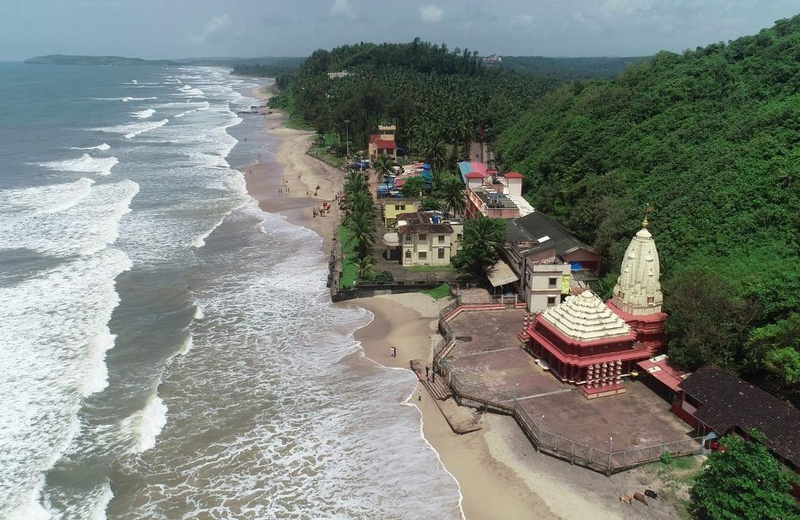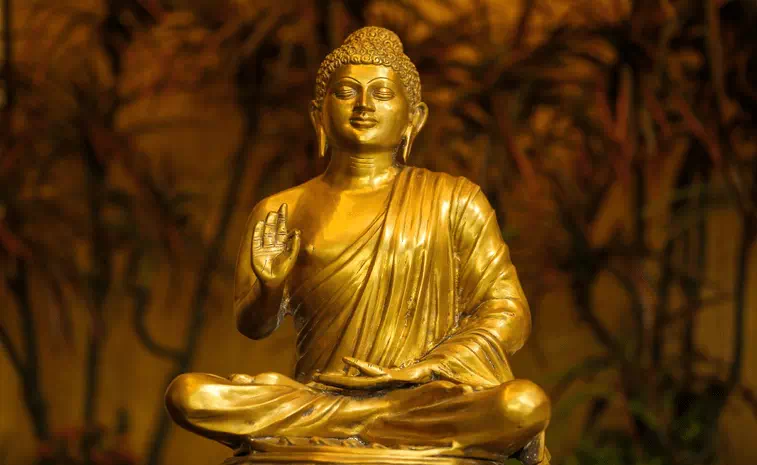Discover the Rich Heritage of Jama Masjid in Delhi
Today we are going to talk about Jama Masjid. This mosque is also called The Masjid-i Jehan Numa. The Jama Masjid is considered to be the largest and perhaps the most magnificent mosque in India. The Jama Masjid stands all the way from the Red Fort. The Jama Masjid in Old Delhi is the last of the Mughal emperor Shah Jahan's extravagant architecture and has a courtyard capable of holding 25,000 devotees. So let us gather a little more information about Jama Masjid.
Jama Masjid
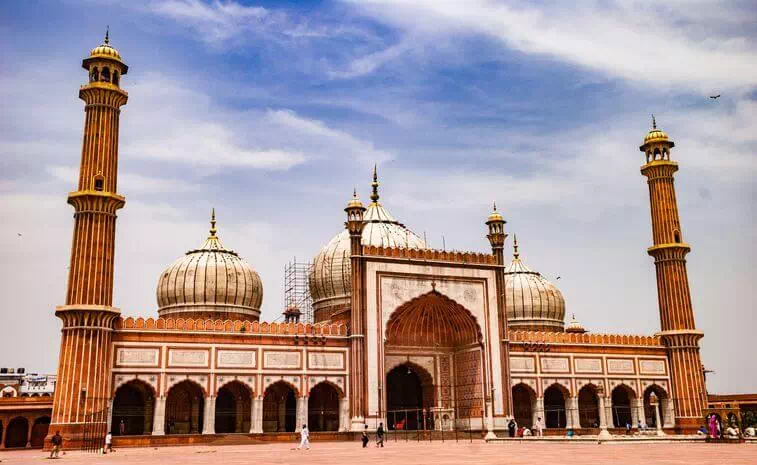
Today we are going to talk about Jama Masjid. This mosque is also called The Masjid-i Jehan Numa. The Jama Masjid is considered to be the largest and perhaps the most magnificent mosque in India. The Jama Masjid stands all the way from the Red Fort. The Jama Masjid in Old Delhi is the last of the Mughal emperor Shah Jahan's extravagant architecture and has a courtyard capable of holding 25,000 devotees. So let us gather a little more information about Jama Masjid.
The Jam Masjid was built by Shah Jahan, the emperor of the Mughal Empire, between 1650 and 1656 at a cost of one million rupees. The monument was inaugurated by Imam Syed Abdul Ghafoor Shah Bukhari of Bukhara, present-day Uzbekistan. The Jama Masjid was completed in 1656 AD with three great doors and two 40 m high minarets built of red 40 sandstone and white marble strips.
A total of 899 black borders are marked on the floor of the mosque for worshipers. The architectural design of the Badshahi Mosque, built by Shah Jahan's son Aurangzeb in Lahore, Pakistan, is similar to that of this mosque. For Indian Muslims, the Jama Masjid is considered the "National Mosque of India" respectively.
Architecture of this Mosque
The Jama Masjid has the best mix of marble and limestone. The monument features three great gates, four towers and two minarets made of red sandstone and plain white marble strips. The north gate of the Jama Masjid has 39 steps and 33 steps to the south. The east gate of the Jama Masjid was the royal entrance and has 35 steps.
The eastern gate from all the entrances to the Jama Masjid was used by the emperors and is closed on weekdays. The Jama Masjid is built on red sandstone that is 30 feet below ground level and spreads over 1200 square meters. The dome of the Jama Masjid is flanked by two tall minarets which are located at a height of 130 feet and the dome is made up of 130 steps and has longitudinal strips of marble and red sandstone.
The Jama Masjid is made up of five floors, each with a spacious balcony. The attached edifice is full of calligraphy. The first three stories of the minarets of this mosque are made of red sandstone, the fourth of marble and the fifth of sandstone. The courtyard of the monument is 408 square feet. The Jama Masjid is about 261 feet long and 90 feet wide. The prayer hall of Jama Masjid is 61 meters long and 27.5 meters wide. The Jama Masjid is made up of high cursed arches and marble domes.
The cabinet located at the north door of the mosque has a collection of relics of Muhammad and is inscribed on the Quran deerskin. The Jama Masjid is decorated with marble with white and black ornaments to look like a Muslim prayer mat. The Jama Masjid has a black border 3 feet long and 1.5 feet wide for Muslim worshipers. Before the uprising of 1857 there was a madrasa near the southern end of the Jama Masjid which was destroyed during the revolt.
History of this Mosque
The Jama Masjid was built by more than 5000 workers. The name of this mosque means "mosque commanding the view of the world". The Jama Masjid was built during the reign of Shah Jahan under the supervision of Saadullah Khan, his wazir. Emperor Shah Jahan also built the Taj Mahal at Agra and the Red Fort in Old Delhi and which stands in front of this mosque.
This monument is known as one of the last monuments built under the Mughal emperor Shah Jahan. After the construction of the Jama Masjid in 1656, it remained the Imperial Mosque of the emperors till the end of the Mughal period. During 1948, the last Nizam of Hyderabad, Asaf Jah VII, was asked to donate 75 75,000 for the repair of the fourth floor of the Jama Masjid. But the Nizam instead sanctioned Rs 3 lakh and said that the remaining three-fourths of the Jama Masjid did not look old.







